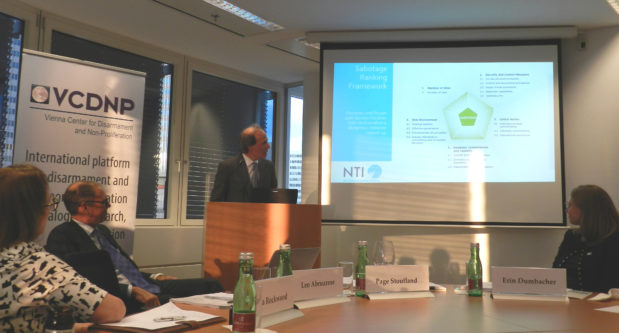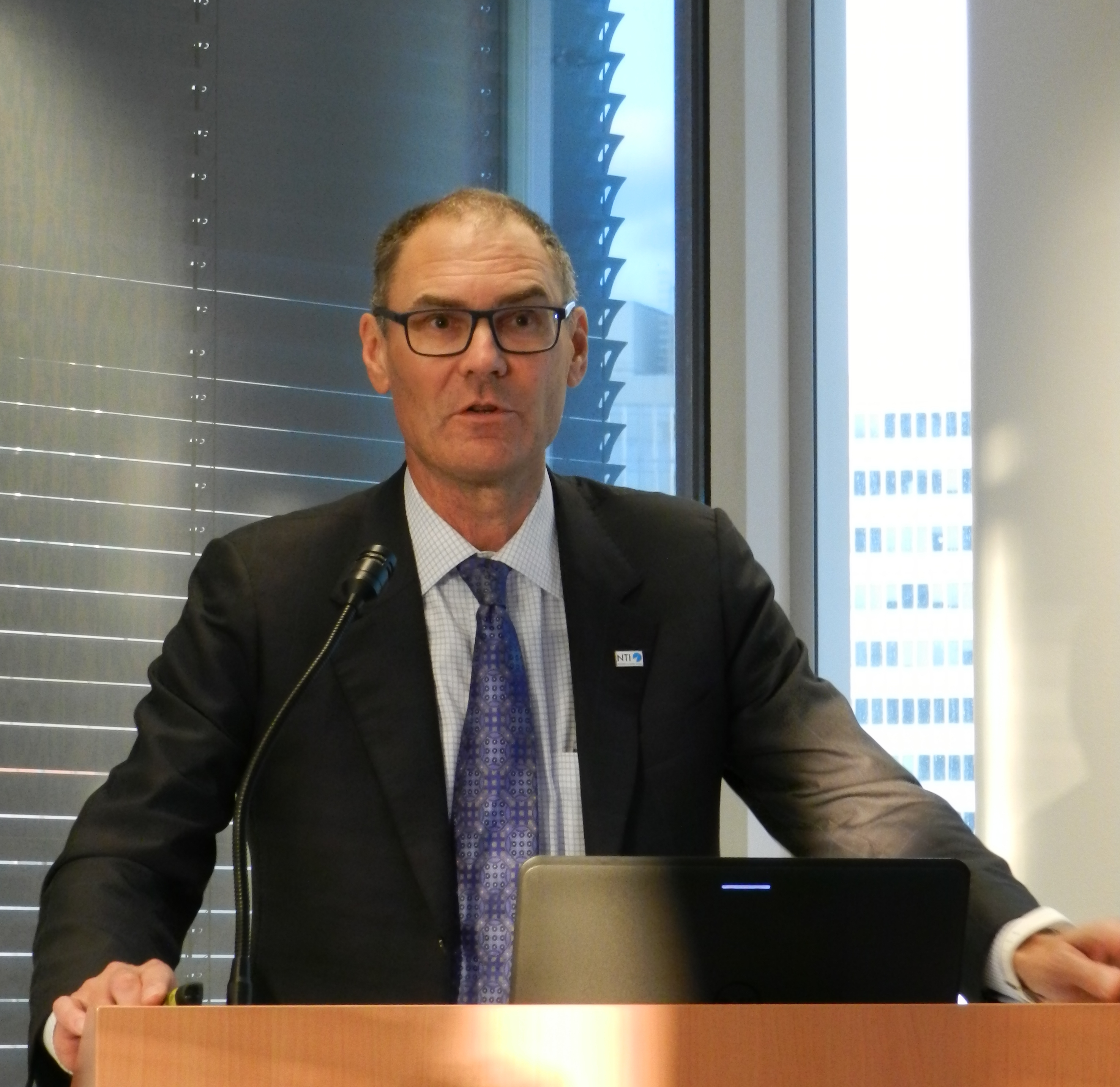
On 19 September 2018 the VCDNP and the Nuclear Threat Initiative (NTI) hosted a reception for the launch of the 2018 Nuclear Security Index, a public assessment of global nuclear security conditions produced by NTI and the Economist Intelligence Unit (EIU). The Nuclear Security Index is a biennial report assessing the nuclear security conditions in 176 countries. Here to discuss the Index were Dr. Page Stoutland, NTI Vice President of Scientific and Technical Affairs, Leo Abruzzese, EIU Global Director of Public Policy and Erin Dumbacher, NTI Program Officer for Science and Technical Affairs. VCDNP Executive Director Laura Rockwood provided introductory remarks.
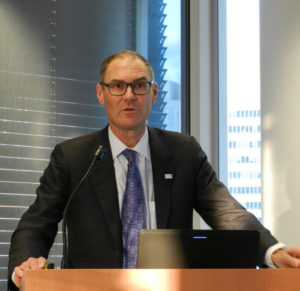
Dr. Stoutland began with the history of the Nuclear Security Index, a project that was started in 2011. The Nuclear Security Index was created with three goals in mind: to track the progress of nuclear security; to catalyze dialogue on priorities relating to this security and to promote action among countries. The first edition was published in 2012 and focused on the threat of theft of nuclear material from country to country. Since 2016, the Index has included a sabotage ranking framework which is used to analyze the threat of sabotage to nuclear facilities. The 2016 edition also introduced an analysis of cyber threats, as the importance of cybersecurity in the nuclear energy and weapons infrastructures has increased. The 2018 Index expands upon the cyber threats section, including how countries ratings have changed since 2016.
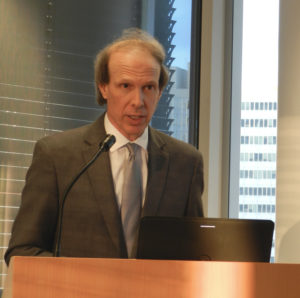
Mr. Abruzzese discussed the information gathering aspects of the Index, referring to the country analysis conducted by his team at the EIU. EIU analysts are country experts, focusing on political and economic developments relating to nuclear material and facilities. The theft ranking framework was developed for the first Index in 2012 and focused on five factors: quantities of nuclear material and sites; security and control measures; global norms; domestic commitments and capabilities; and risk environment for nuclear security. The sabotage ranking framework differs slightly with the first factor focusing on just the quantity of sites. The data gathered is then checked by a core group of researchers to ensure the scores are adequately vetted. Once this is done, the findings are compiled and the countries are ranked according to the robustness of their respective nuclear security regimes.
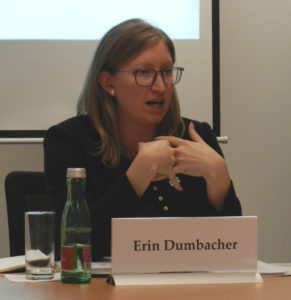
Ms. Dumbacher discussed the specific findings, key trends and results of the 2018 Nuclear Security Index. One overall trend she noted was that the security of nuclear sites and material has improved in the majority of countries since 2012. In cybersecurity for example, four more countries have received the top score “5”, totaling 13 countries. The Index shows that 15 countries are listed with a “0” rating, meaning that there has been little to no regulation put into place to provide cybersecurity to nuclear energy and weapons infrastructure. However, in 2016 the number of countries with a “0” rating was 19, so improvements are being made.
Dr. Stoutland offered three recommendations as detailed in the Index:
At the end of the presentation Dr. Stoutland announced a Nuclear Security Index Challenge which should be available for public participation in the near future! This challenge allows participants to use their quantitative analysis skills to work with the hard data gathered for the countries in the Index. The purpose of this challenge is to use data to come up with related projects, in depth country analysis, or assess other threats to nuclear security. Interested parties should email index@nti.org for more information.
NTI recently announced its Nuclear Security Index Challenge, with funding for innovative new ways to use the NTI Nuclear Security Index rankings and data. You can find full information about the Challenge here.
